College Sports Recruitment: COVID-19 Edition
Local athletes detail COVID complications with college sports recruitment
Sabrina Bell/Granite Bay Today
Granite Bay wide receiver Dominic Soares (7) runs with the football before getting tackled at the Jesuit game.
Granite Bay High School senior Rosie Murphy slouched on the couch in her sport culture class wearing a UCLA sweatshirt. Although she verbally committed to UCLA for swim in 2020, coming to that decision was difficult due to limitations created by COVID-19.
The pandemic has complicated college recruitment, affecting not only how high school student-athletes have navigated the recruitment process, but how many are likely to be recruited.
“I wasn’t able to go on any official visits because of (the pandemic),” Murphy said. “Official visits are… what a lot of people use to… make a decision. It was a lot of Zoom calls with teams.”
Official campus visits occur when colleges fund any aspect of a recruit’s visit to their school. Such visits were on hold because the NCAA adopted a dead period for recruiting on March 13, 2020. A dead period is a time during which college coaches cannot talk at all to potential recruits in person.
The dead period’s waiver expired on May 31, 2021, so this recruitment restriction is currently lifted.
Coaches contacted Murphy through text or email, which is similar to what GBHS senior Grace McGuckin, who runs cross-country and distance track, has experienced.
“(College coaches and I communicate) usually through email and then we’ll talk on the phone afterwards,” McGuckin said.
Research claims that from March to July 2019 compared to March to July 2020, there was a “26% increase in email opens sent from recruits to college coaches.”
McGuckin said that another recruitment challenge brought by COVID was the limited opportunities to compete and improve her event times.
Trevor Paine, head baseball coach at William Jessup University, noted a shift towards evaluating athletes virtually to accommodate for the pandemic.
“A lot of recruiting was getting done by watching film (and) doing virtual stuff,” Paine said.
Per the NCAA, in May 2020, even college athletes found that the pandemic interfered with their opportunities. 83 percent of the college athletes surveyed agreed or strongly agreed that “local regulations regarding travel, facility closure and public travel” was a “barrier to (their) training.”
To make up for limited sports seasons, the NCAA is offering an extra year of eligibility for current college athletes. But because college seniors can return to their team to play an extra season, there are fewer roster spots.
“What’s happened with football is, because they gave all the college players extra eligibility… there just aren’t as many spots,” GBHS head football coach Joe Cattolico said.
Still a survey revealed that “43 percent of coaches in applicable spring sports expect seniors to return for an extra year of eligibility.”
At William Jessup University, Paine says, “the roster, in two years, has gone from… somewhere around 35 to close to 50, (which) is where we’re at now.”
Paine explained that William Jessup’s larger roster “meant there wasn’t as much scholarship money to go around,” but he encouraged prospective recruits to explore their options.
“There’s always an opportunity to play so just you have to… be willing to put yourself out there,” Paine said.
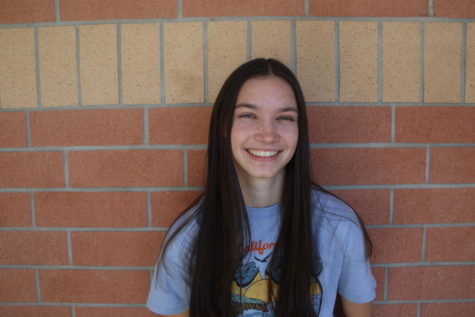
Kate is a senior and Editor of the Opinion section. This is her second year on the Gazette staff.






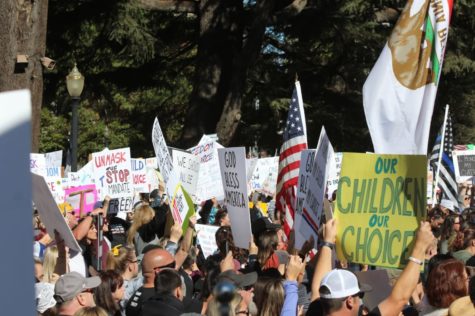

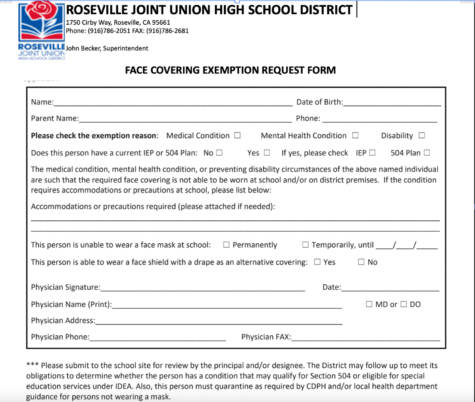
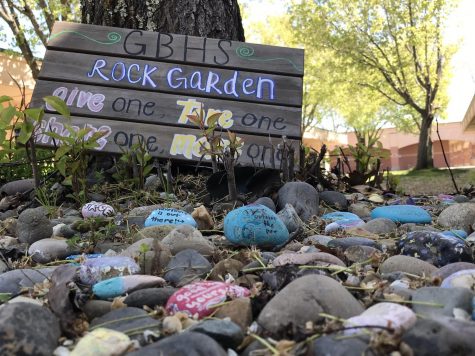
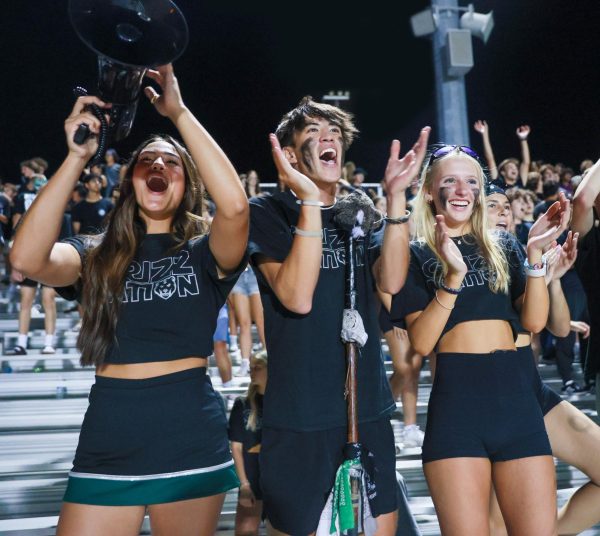
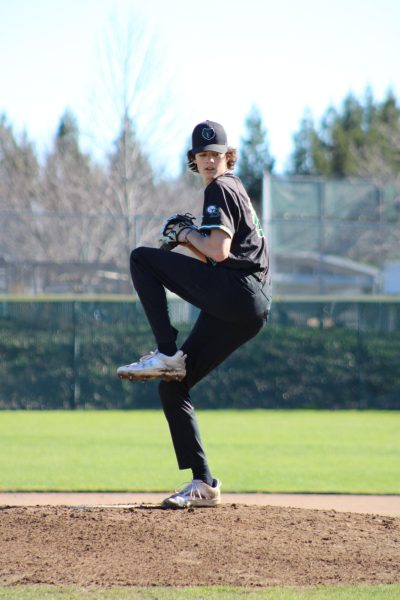
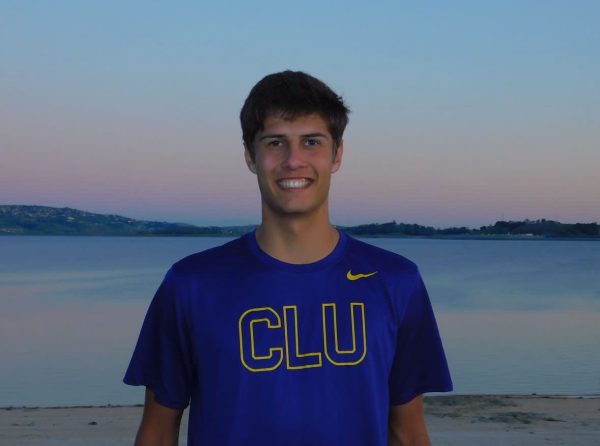
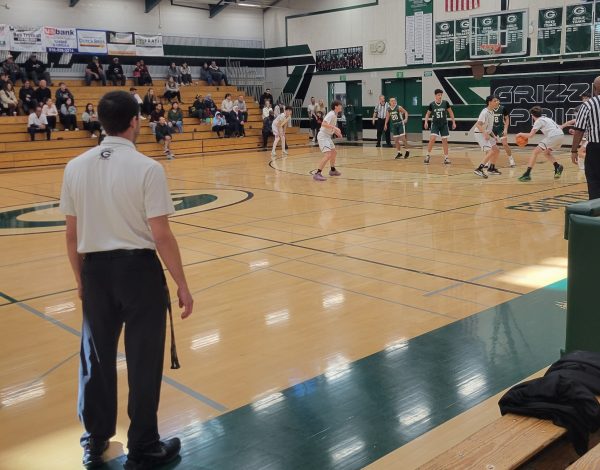
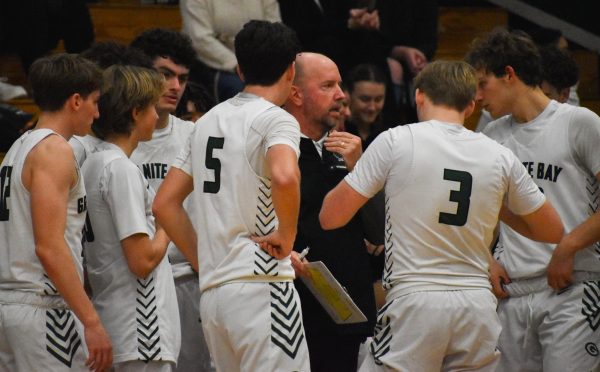

Seton • Jan 28, 2022 at 8:07 am
Good stories. It is exciting to hear about talented students committing to great colleges.